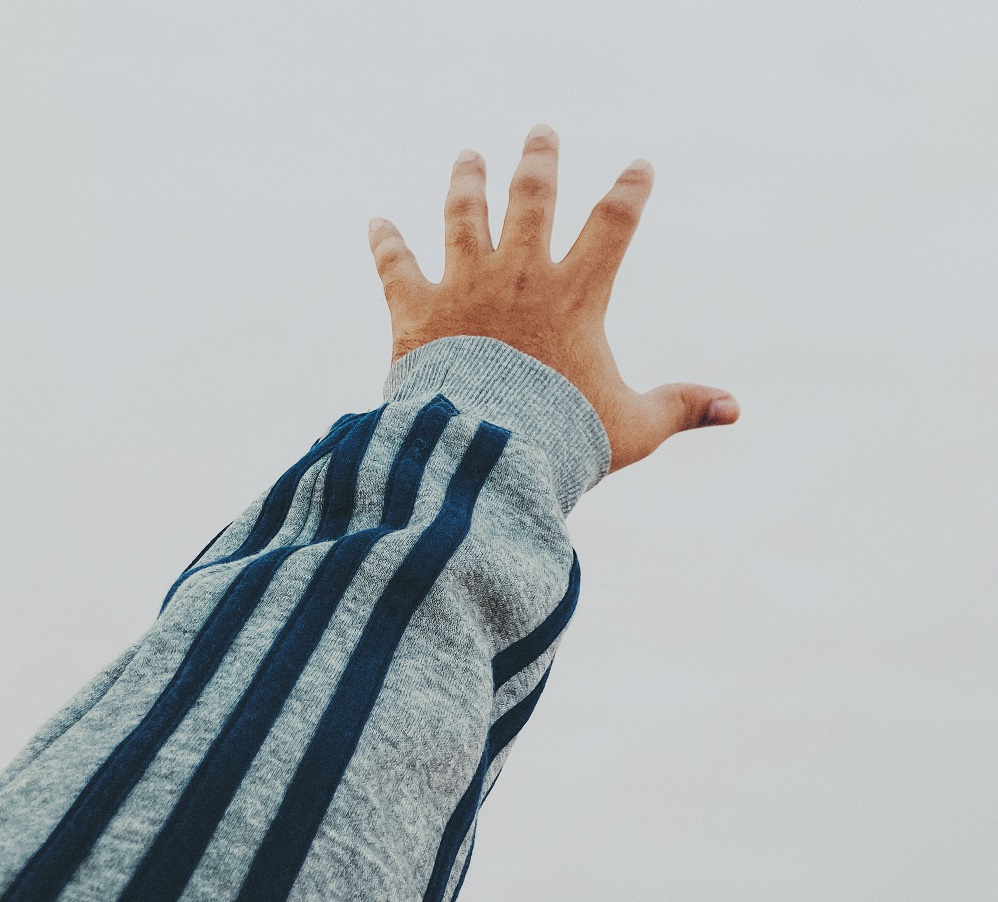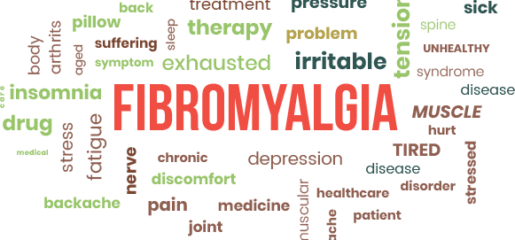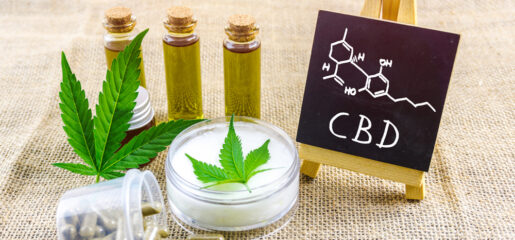
In the United States, anxiety disorders are the most frequent mental illnesses, affecting an estimated 40 million adults over the age of 18 each year, or 18.1 percent of the total population. Anxiety disorders, which are widely accepted as highly curable, are only received by roughly 37% of those who suffer from them. Misdiagnosis, lack of access to health care, or antipathy to standard therapies may be to blame for this.
As anxiety problems become more prevalent, researchers, doctors, and patients alike are becoming increasingly interested in the medical use of cannabis to treat them. Anxiety has risen to the top of the list of permitted disorders as more states allow medicinal cannabis and other jurisdictions reexamine their medical usage policies.
That was made feasible by research into the endo cannabinoid system (ECS) and its function in homeostasis. Cannabis is being used by professionals as a first-line and adjuvant therapy in the treatment of anxiety in patients with varying degrees of efficacy, even though no specific dosage or timing guidelines exist.
Anxiety
It is both a physiological and emotional response to perceived threats. Anxiety is defined by a wide range of emotions and bodily responses, ranging from a racing heart to frantically fleeing from the source of the threat. For anxiety to be categorized as pathological, the emotional response must be excessive in terms of duration, frequency, or intensity.
A condition defined by excessive worry and emotions of fear, dread, and uneasiness that lasts six months or more,” begins the ICD-10 definition of a generalized anxiety disorder (code F41.1). 3 People who have anxiety will tell you it’s not as simple as just taking a pill.
For some people, anxiolytic symptoms are episodic while for others, they might be long-term. anxiety can cause physical symptoms like abdominal pain and headaches, and emotional reactions like being unable to get out of bed or limiting social interactions if left untreated.
Symptoms of anxiety
Phenomenons such as GAD and panic disorder can be classified into several diagnostic groups: SAD, SAD, specific phobias, PTSD, OCD, MDD, and persistent mood disorders. Major depressive disorders can also be classified into these diagnostic groups. It doesn’t matter what the diagnosis is; regardless of the severity and duration of the mental and physical symptoms, they are all the same.
Anatomy of Nerves: Neurotransmitters such as adrenaline and cortisol are released by the brain when it senses a threat, no matter how little. Constant exposure to these substances may create anxiety, difficulties concentrating, and even panic attacks in those who are already prone to these symptoms. Anxiety-induced weight gain, depression, and suicide are all possible side effects of chronic exposure to these hormones and neurotransmitters in the body and brain.
Inhalation and exhalation: During a manic episode, rapid, shallow breathing can be caused by the release of stress hormones in the body.
The cardiovascular system: Anxiety can cause heart palpitations, which can feel like a throbbing sensation in the chest. They are most commonly connected with panic episodes, but they can also occur with anxiety in general. Anxiety can cause a rise in blood pressure. Hypertension can develop if the condition is not addressed.
The body’s defense system: When stress hormones are released into the body regularly, the immune system is weakened, increasing the risk of bacterial and viral infections and resulting in more illnesses.
Anxiety Disorders and their Treatment
Anxiety, if left untreated, can cause major problems in one’s day-to-day activities, such as difficulty concentrating, completing daily duties, and forming or maintaining intimate connections. Anxiety can make it difficult for some people to leave the house or even get out of bed. It has been related to more serious problems like depression, suicide, and substance misuse as well as a physical illness if it is not addressed.
Anxiety disorders can be treated using a variety of approaches, each tailored to the patient’s specific symptoms and degree of severity. Medicine (covered in detail below), therapy, complementary and alternative medicine, and transcranial magnetic stimulation are the most common techniques that have been shown successful (TMS).
Antidepressants and antianxiety medicines are often prescribed in conjunction with therapy or other supportive treatment for anxiety disorders. A treatment strategy should take into account all available options, including the use of cannabis.
Therapy
It is the most frequent and effective form of anxiety therapy, which focuses on identifying and modifying one’s thinking and behavioral patterns. Anxiety-controlling ability can only be learned through active participation by the patient in therapy. In the past, patients could only communicate with their therapists in person, but now, thanks to technological improvements, they may do so over the phone, video call, or even text messaging.
TMS
When medicine and other treatments have failed to alleviate the symptoms of depression, TMS may be a safe, effective, and non-invasive alternative. Electromagnetic coils that send pulses through the scalp create a magnetic field that induces a tiny electric current in a specific area of the brain. Treatment using TMS has FDA approval.
Medication for treatment for anxiety
The use of anti-anxiety drugs for short- or long-term treatment of anxiety disorders can be done on its own or in conjunction with other approaches. Finding the drug that best treats the symptoms of a patient usually needs the patient’s patience and time.
One in six Americans, according to the Medical Expenditure Panel Survey from 2009 to 2010, takes an antidepressant or sedative medication. Using these medications, we may be able to learn more about how cannabis impacts our neural system. Anti-anxiety medications can be divided into four main types.
Selective serotonin-reuptake inhibitors (SSRIs) are antidepressants that prevent some brain nerve cells from reabsorbing serotonin (citalopram, escitalopram, fluoxetine, paroxetine, and sertraline). Both venlafaxine and duloxetine (SNRIs) have a dual mode of action, which is an antidepressant. Serotonin and norepinephrine reuptake into brain cells is their main goal of theirs.
One of the most used medications for treating anxiety is benzodiazepines, which include lorazepam, alprazolam, clonazepam, and diazepam. Gamma-aminobutyric acid (GAB) is a neurotransmitter that has been shown to have anxiolytic (de-anxiety) properties. It has been found that three of the earliest antidepressant medications-amitriptyline, imipramine, and nortriptyline-increase norepinephrine and serotonin levels and block acetylcholine’s function.
Anxiety and the ECS
To keep things stable, no matter how much the external world changes, the ECS does a variety of things. Numerous biological processes, cognitive processes, and stress reactions, including anxiety, are influenced by the extracellular matrix (ECS). Antagonisms of the CB1 receptor and inhibitors of AEA hydrolysis both boost serotonin-producing neurons’ firing rates. It has an anxiolytic-like effect when serotonin neurotransmission is increased.
CBD has been demonstrated to reduce the activity of the enzyme that breaks down AEA, resulting in higher levels of AEA and increased serotonin activity, both of which have anxiolytic-like effects. The release of norepinephrine is stimulated by THC’s effect on cannabis receptors. With the addition of CBD and THC, an SNRI-like effect can be achieved.
Cannabis’ Biphasic Nature in Treating Anxiety
Anxiety is a typical side effect of medical cannabis use, and panic episodes of paranoia have been observed following high amounts of THC ingestion. Many patients use medicinal cannabis to relax, but anxiety is also a prevalent adverse consequence.
No wonder cannabis has both anxiogenic and anxiolytic properties when considering the role of the ECS in regulating a patient’s response to stimuli. Generally, modest doses have anxiolytic-like effects, but high doses have the opposite effect.
CBD Oil to Treat Anxiety Disorders
As a non-intoxicating cannabinoid with the potential to treat a wide range of symptoms and illnesses, Cannabis oil has recently claimed attracted considerable attention. Anxiety is the most common of these. When asked why they wanted to try CBD oil, more than 2,000 Americans said it helped with relaxation, anxiety, and better sleep.
Symptoms of social anxiety in patients with SAD were reduced in a small 2011 research that used cannabis. Participants’ brain scans revealed alterations in blood flow to brain areas connected to anxiety. Participants in this study felt better, and their brains reacted differently to worry as a result.
Cannabis oil has the potential to treat a wide range of anxiety disorders, including GAD. To be clear, the majority of the study to date has focused on the effects of acute CBD delivery, therefore further research into the long-term effects of chronic calming cannabis dose is needed before any form of clinical advice is made.
Conclusion
If you’re a health care practitioner, you must understand the basics of cannabis to confidently and effectively respond to patient questions. To avoid this, patients will seek advice and affirmation from others in their social circles as well as the internet and their local marijuana dispensary. When used as part of a customized treatment strategy, cannabis can be an effective first- or second-line treatment.

